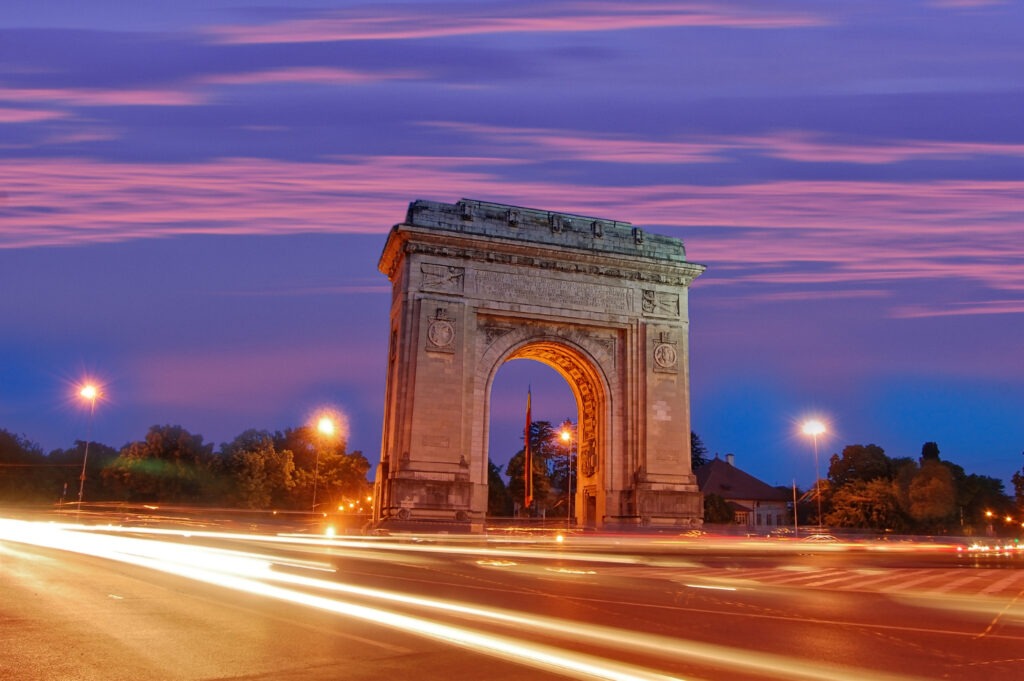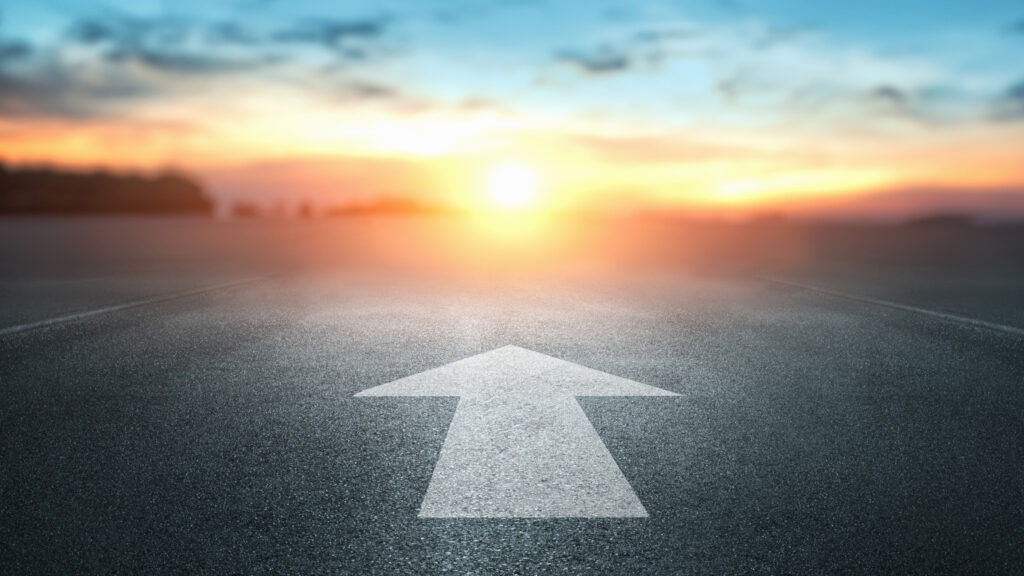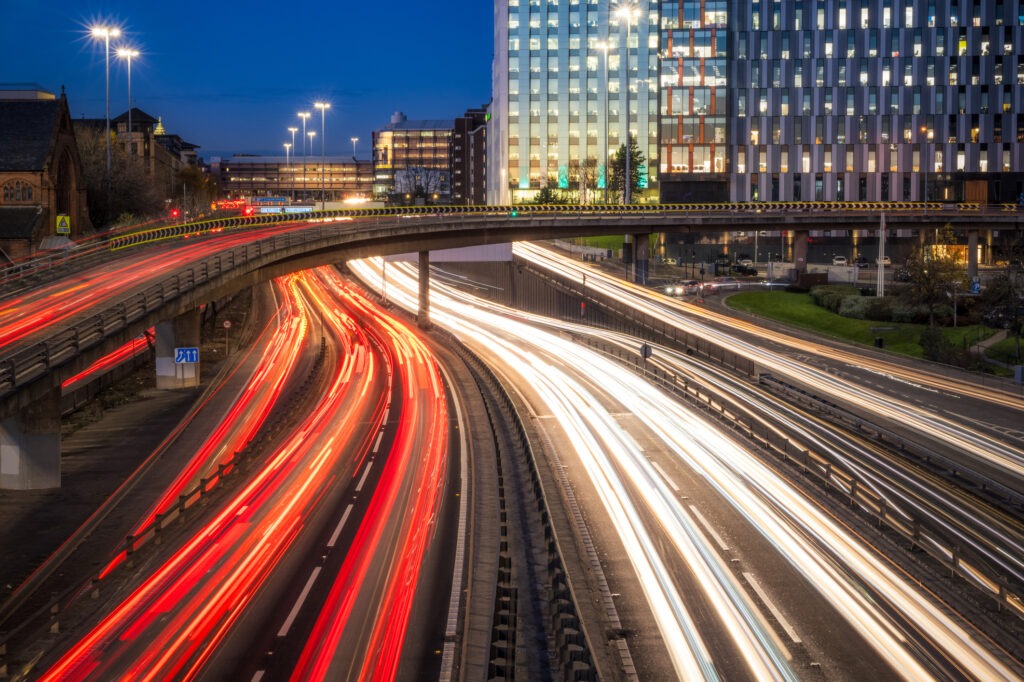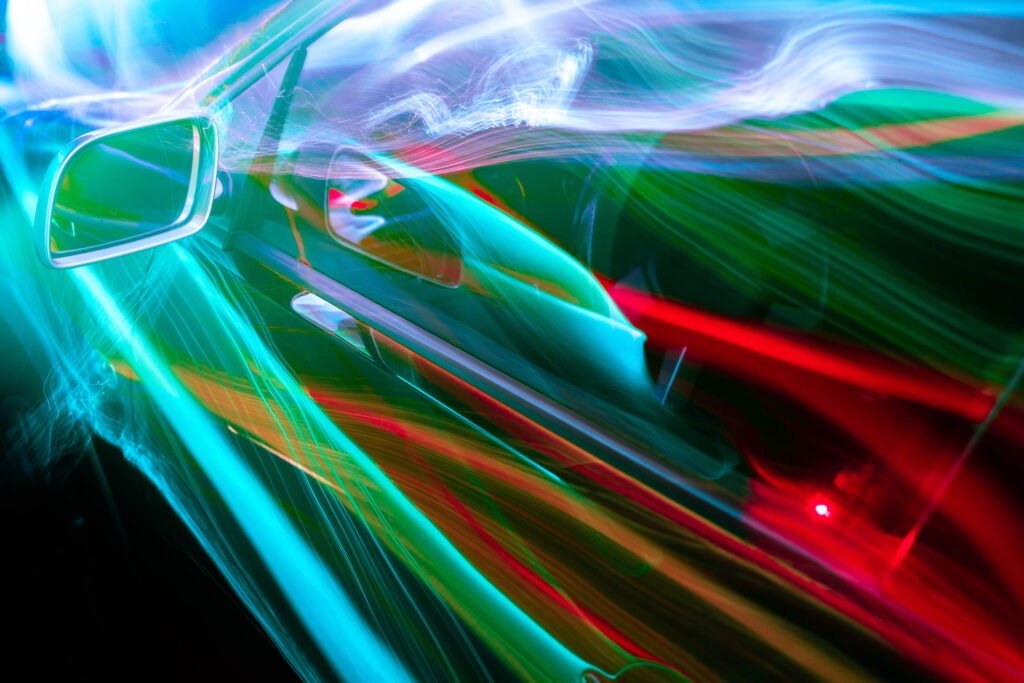The rollercoaster ride of the Romanian new-car market
13 November 2024

Will the Romanian new-car market’s rollercoaster ride continue? Ulmis Horchidan, Autovista Group’s head of valuations for Romania, Hungary, Slovenia, Slovakia, and the Czech Republic speaks with Autovista24 editor Tom Geggus in a new podcast.
Romania’s new-car market has experienced a rollercoaster ride so far this year. The first quarter saw a total of 33,228 units registered. This marked a decline of 10.1% compared to the 36,966 units recorded at the same point in 2023.
However, this decline was quickly turned around in the second quarter with a sales boom. Between April and June, Romania recorded 50,277 new car deliveries, up by 37% compared with the same period last year. This explosive growth was mainly driven by the government’s purchase incentive scheme.
Then in the third quarter, the market dropped again. A total of 32,004 new cars were sold between July and September. This equated to a drop of 13.5% from the 37,006 units registered in the third quarter of 2023. However, this dip could be temporary as the Rabla incentive programme comes back into play.
Subscribe to the Autovista24 podcast and listen to previous episodes on Spotify, Apple and Amazon Music.
Romania’s Rabla programme
Covering the purchase of electric vehicles, the Rabla Plus incentive programme came with some changes for 2024. The battery-electric vehicle (BEV) incentive was halved to 25,500 lei (€5,100). Meanwhile, the amount available for plug-in hybrids (PHEVs) was also reduced by 50%, to 13,000 lei.
The Rabla Classic programme covers full hybrids (HEVs) with emissions of up to 150g CO2/km. The subsidy formula sets out an amount of up to 16,000 lei for a vehicle purchase.
The programme was also split into two stages. The first stage ran from 19 March to 19 April, but funds were effectively used up within hours of its launch. It did not take long to see the effects of these incentives on new-car sales figures.
Changing the value of the vouchers has also had a direct effect on new BEV sales. Reducing the Rabla Plus subsidies by half had an immediately negative impact on BEV transactions.
This illustrates the niche appeal of BEVs in Romania. The powertrain is still heavily reliant on government purchase subsidies. However, even when supported by the largest incentive of 25,500 lei, consumers are still not on board with BEVs.
One fuel type which was considered to be increasingly unpopular, at least for passenger cars, was diesel. However, the powertrain has made a surprising comeback, recording growth of 29.4% in the first eight months of the year. Meanwhile, HEVs were the all-star powertrain, as expected. Deliveries of the technology increased 39.4% year on year.
The second stage
The second stage of the Rabla programme then began on 19 August, targeting government entities like ministries and city halls. Incentives have an elastic effect, meaning growth can be expected between October and December.
There was already a modest improvement in October with 11,552 new cars registered. This marks a year-on-year increase of 1.3%, up from 11,393 in October 2023.
Between January and October, new-car sales surpassed those recorded at the same point last year. This trend can be expected to be maintained across the rest of 2024.
The Rabla programme is clearly still having a positive impact on new-car sales. Any further changes to this programme will directly influence the Romanian new-car market going forward.




